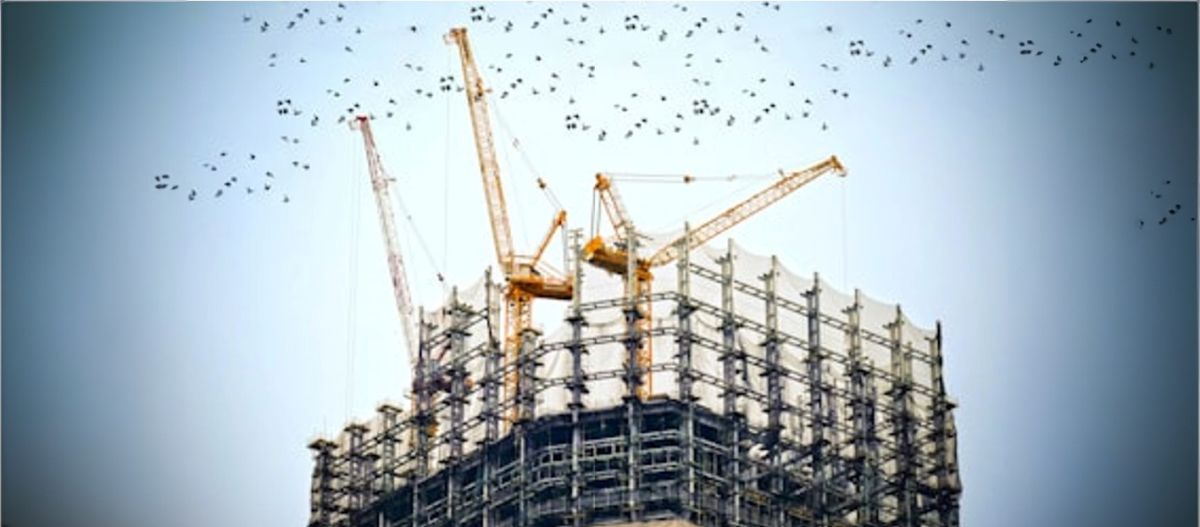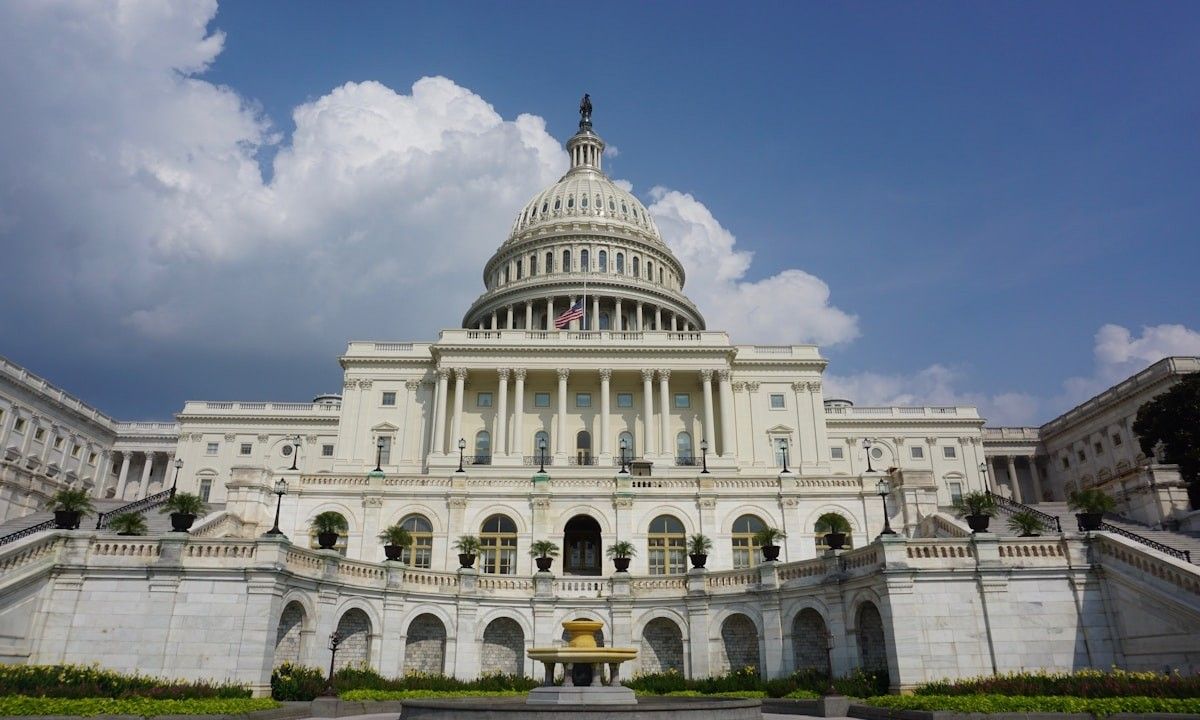Construction, eNews, Government
Construction credit in the Trump era

As the construction industry prepares for the effects of Present-elect Donald Trump’s economic policies—such as tariffs on imported materials, reduced tax rates and deregulation—credit managers face both opportunities and risks. While these measures could stimulate industry growth, they also have the potential to drive inflation, increase interest rates and escalate government debt.
Why it matters: These economic shifts directly affect project costs, material availability and contractor solvency. Construction credit managers must stay ahead of these changes to protect their organizations, mitigate credit risk and maintain strong financial performance.
Tariffs
Trump has proposed a 10-25% tariff on imports once he takes office, which impacts the construction industry because it relies significantly on imported wood, iron and steel for projects. “We estimate Trump’s proposed tariffs and partial retaliation from all trading partners would together offset more than two-thirds of the long-run economic benefit of his proposed tax cuts,” reads a Tax Foundation report.
Economists predict this could result in increased raw material costs. “How tariffs are imposed, across the board versus targeted, will determine how much prices will rise as a result,” said NACM Economist Amy Crews Cutts, Ph.D., CBE. “For example, a tax on a country or particular goods will mean importers will look to the now relatively cheaper next-best alternative, which will be pricier than from the original source before the tariff. If the next best option is still a relatively efficient producer (say Vietnam instead of China) then prices will go up by much less than the tariff. If on the other hand the tariff is across the board then substitution will not be possible except for domestic production. But production is not a water spigot that can be turned on immediately or at zero cost. So, in that case, the prices would rise by about the full amount of the tariff, at least in the near term.”
Lower tax rates
U.S. mounting federal debt has economists and investors concerned. The Trump Administration’s plan to lower tax rates without an offset will only add to the debt concern. “This will inevitably lead to higher relative interest rates, but not necessarily high absolute rates depending on global demand for sovereign debt,” Cutts said. “Mortgage rates and rates on construction loans are likely to remain high through most of 2025.”
In a recent Blue Chip Economic Indicators survey, economists forecast the 10-year Treasury yield to average about 4.1% in 2025, just 10 basis points lower than it has averaged in the first week of December. The end result is more headwinds for longer for construction and home sales.
Infrastructure changes
Trump has proposed to cut infrastructure funding programs created by the Biden administration, including the Infrastructure Investment and Jobs Act (IIJA) and the Inflation Reduction Act. Vance harshly criticized the IIJA when he campaigned for the Senate two years ago, but he subsequently sought more than $200 million from the law for projects in his state.
Trump’s infrastructure policies favor private sector–driven projects and public-private partnerships (PPPs), as well as more traditional projects such as roads, bridges, power plants and industrial and fossil fuel facilities. He seeks to defund Biden administration infrastructure programs like the 2021 IIJA, which authorized $1.2 trillion for construction projects and other investments over a five-year period.
If the Trump administration does defund or scale back IIJA, you will see a decrease in federal and state-run projects and a shift to private development and private developments on public land. “Some of what IIJA was designed to improve (internet accessibility for example) will move to the private sector as opposed to being a government backed project,” said Michael Murray, Esq., principal attorney at Lanak & Hanna, P.C. (Orange, CA). “But I don’t expect it will simply be done away with. If the Trump policies still seek to improve infrastructure, then we should not expect a dramatic change other than how that project is funded and the type of project it ultimately is (public vs. private).”
Potential fall of DBE programs
Trump’s re-election has raised concerns that race-based programs may face further challenges. A federal judge in Kentucky, Gregory F. Van Tatenhove, has partially blocked the U.S. Department of Transportation’s Disadvantaged Business Enterprise (DBE) program, which directs contracts to minority- and women-owned businesses in the transportation sector.
Contractors Mid-America Milling and Bagshaw Trucking sued the Minority Business Development Agency in October, alleging that the program’s race- and gender-based preferences violate the Constitution’s equal protection clause. The lawsuit asks the court to bar the program’s use of racial and gender preferences entirely and open the program to contractors from all backgrounds.
Any changes to this program could significantly impact the success or failure of qualifying companies. “For suppliers working with DBE companies, it is important to ensure that the DBE meets the Commercially Useful Function (CUF) requirement,” said Sam Smith, senior corporate and collections manager at Crescent Electric Supply Company (Hazel Green, WI). “Additionally, suppliers should verify their rights on the job before accepting it. For example, if it is a private project, confirm whether you are within a tier level that allows you to file a mechanic’s lien (note that most projects that involve a DBE are public, but not all). For public projects, which most DBE jobs are, review the payment bond to confirm eligibility for protection. Check if your state provides lien rights on public funds.”
Energy
Trump promises to boost the U.S. energy industry, with a focus on drilling for oil and gas. “His goal is to remove regulatory barriers in order to stimulate American manufacturing and construction while minimizing reliance on foreign energy,” reads a Construction Dive article.
Exposure in solar-related projects is a growing concern for some credit managers. “While accepting every order related to the solar industry is something sales continues to advocate, we are adding additional layers of approval and research to ensure we have the best information at hand to base our credit decisions,” said Anne Scarcella, CCE, CCRA, regional credit manager at Crawford Electric Supply Co., LLC (Houston, TX). “Many of the stakeholders are difficult to identify as they are newly created entities and/or backed by private equity firms and others flush with cash.”
Best practices to mitigate risk
- Don’t wait for accounts to become delinquent. “If policy changes affect a specific sector, review all your accounts in that sector and monitor for any changes,” Smith said. “For larger accounts, proactively reach out to confirm there are no issues and that payments will be made on time.”
- Ensure that you have mechanic’s liens and payment bonds rights in place. Once these rights expire, your leverage is significantly weakened.
- Foster strong relationships with your customers. “Create an environment where they feel comfortable sharing information with you and position yourself as a preferred vendor to prioritize timely payment,” said Smith.
The bottom line: Trump’s economic policies, including tariffs, tax cuts and infrastructure changes, could create new risks and opportunities for the construction industry.





